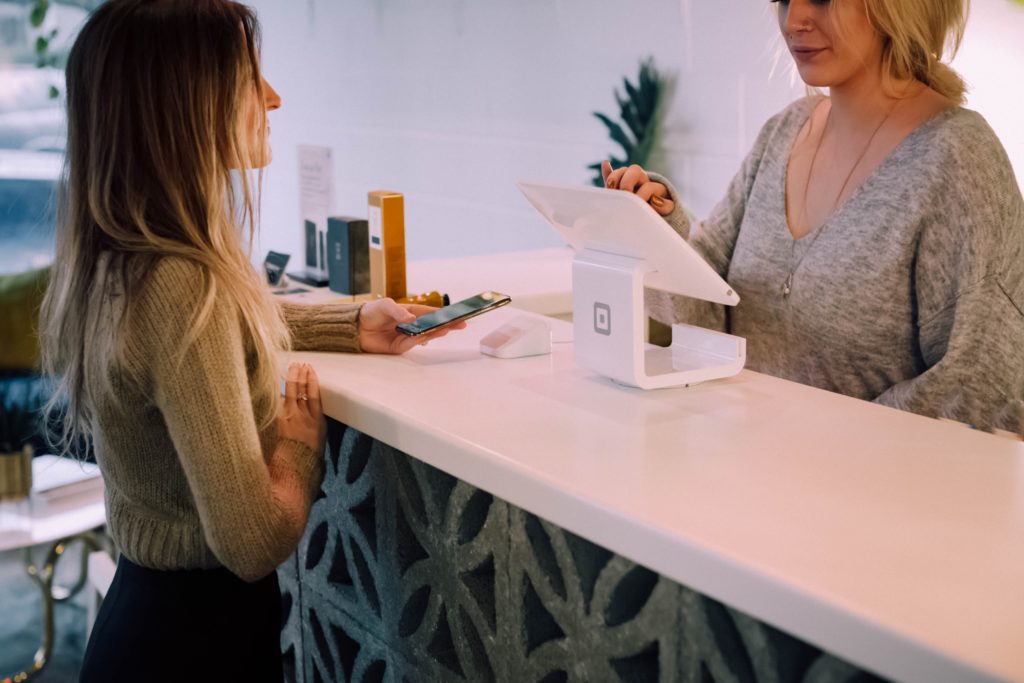
Between extreme wildfires, murder hornets, and the ever-present coronavirus, 2020 has been quite the year so far. Now that the year is almost halfway through, it’s a good time to catch our breath and look at some of the lessons learned.
In some ways, it seems as if we packed decades worth of news, digital developments, and economic losses into the first six months of this year, so there’s a lot to cover. That said, we still have another six months to go before we reach 2021 so there is plenty more room for further changes in the fintech industry.
To help digest what’s happened, we’ve picked up four key things we know for sure now that 2020 is halfway over.
Digital is the new brick-and-mortar
If there is a bright side of the coronavirus for the fintech industry, perhaps it is the positive effect stay-at-home orders have had on firms’ digital initiatives. When consumers aren’t able to conduct banking activities in person, they are pushed to online and mobile channels, even if they have never used digital banking in the past.
For banks that already had a robust digital strategy in place, this has been a time to shine. However, those that were still in the midst of developing and implementing their strategy have found themselves trying to catch up. In this instance, however, they are not catching up with their competitors, they are catching up with the new, online-only status quo.
What we know for sure is that this digital push is here to stay. Forced into the digital channel, consumers have had to adapt to practices they have never done before, such as remote deposit check capture. Now that they’ve experienced the benefits of the digital experience and have adapted their habits, many of these users won’t be visiting their bank branch as frequently.

Economic hardships will persist
Even though stay-at-home orders are being lifted in some areas, Consumers have decreased spending across the board. Whether it is because they have lost income or because they are afraid to leave their home because of the virus doesn’t matter– they are spending less and spending in different areas, which will cause many businesses to go under. In fact, it already has. The Washington Post recently reported that more than 100,000 small businesses have closed their doors forever.
Many have predicted that the worst of economic hardship is yet to come. And in all likelihood we won’t begin to fully recover until there is a vaccine. This means that it remains crucial to focus on supporting the customer. Banks can find even more creative ways to help consumers through their financial hardship and retain communication with them so that they know what to expect. In doing so, they will end up with a stronger consumer relationship on the other side of the crisis. Fintechs, on the other hand, have the opportunity to scoop up new clients who are in need of innovative products such as budgeting tools and services for gig economy workers.
Consolidation has begun
Fintech industry analysts have predicted that the economic side effects of COVID-19 will bring consolidation in the sector. And while some will acquire or become acquired, others will shut down as VC funding constricts. We’ve already seen a bit of M&A activity in the space over the past 6 months, though it is difficult to attribute all of it to the coronavirus.
In one vivid instance, neobank Moven announced in late March that it plans to shutter its B2C business and focus on the B2B side of things. The reason for the bank’s closing, explained founder and CEO Brett King, was that a major round of funding that Moven had in the works fell through. Since Moven’s enterprise business was growing because of the high number of banks making the move to go digital, it made more sense for the company to invest all of its resources into that side of the business.
In the traditional bank space, rumors began to circulate last week that Goldman Sachs is looking to merge with another bank. Among the potential partners are Wells Fargo, PNC, and U.S. Bancorp.

Payments will change for the better
Consumers in the U.S. have been hesitant to adopt a digital payments solution. That is, until now. The pandemic-fueled low-touch economy has both consumers and merchants looking for ways to transact without touching cash, cards, or keypads.
One of the most promising, pre-existing mobile payments technologies for the region is Apple Pay. Adoption for the tap-to-pay technology has been growing since Apple launched it in 2014. Now, six years later, Apple Pay transactions account for 5% of all global card transactions.
At the start of 2020, that 5% figure didn’t seem like bad traction. However, now that almost 100% of consumers are interested in making payments with the fewest number of touch-points, we’ll see hockey-stick growth not only with Apple Pay usage but also with its competitors Samsung Pay, Google Pay, and even peer-to-peer money transfer technologies such as Facebook Pay and Square Cash.
